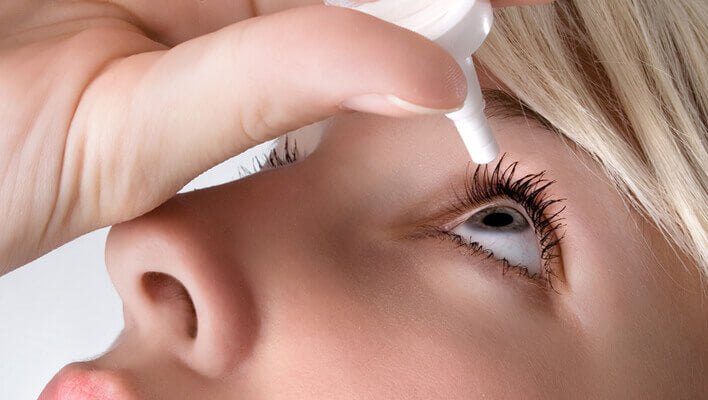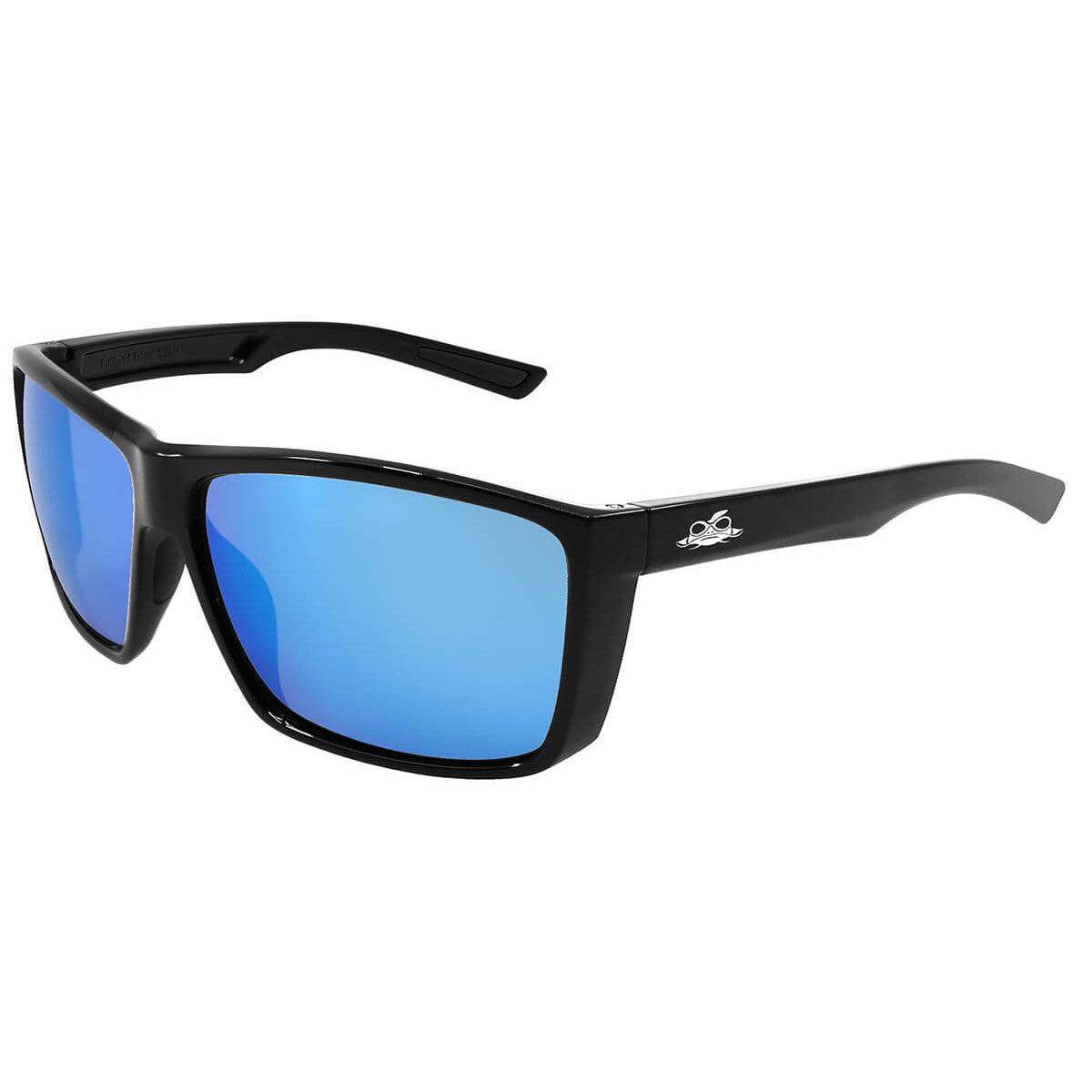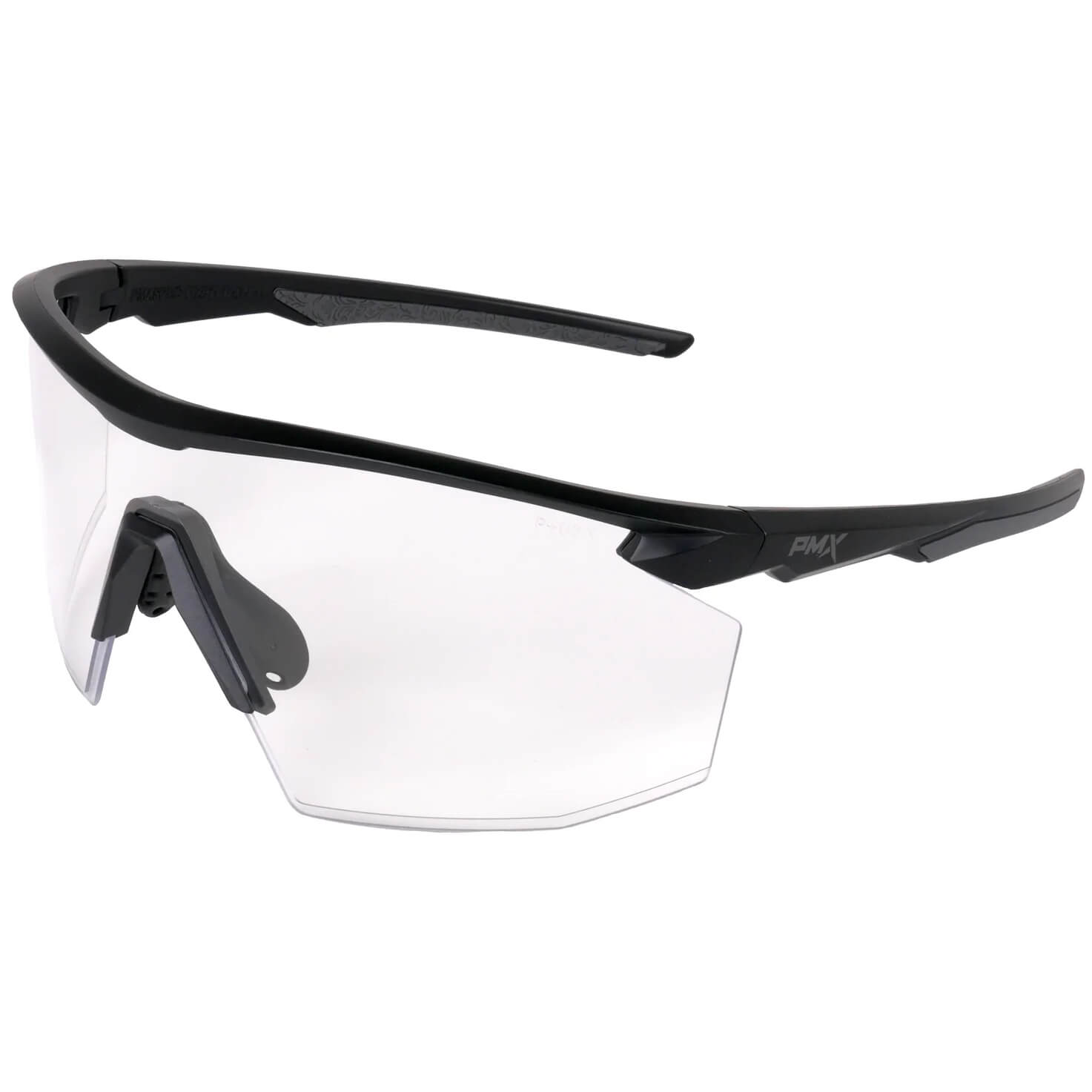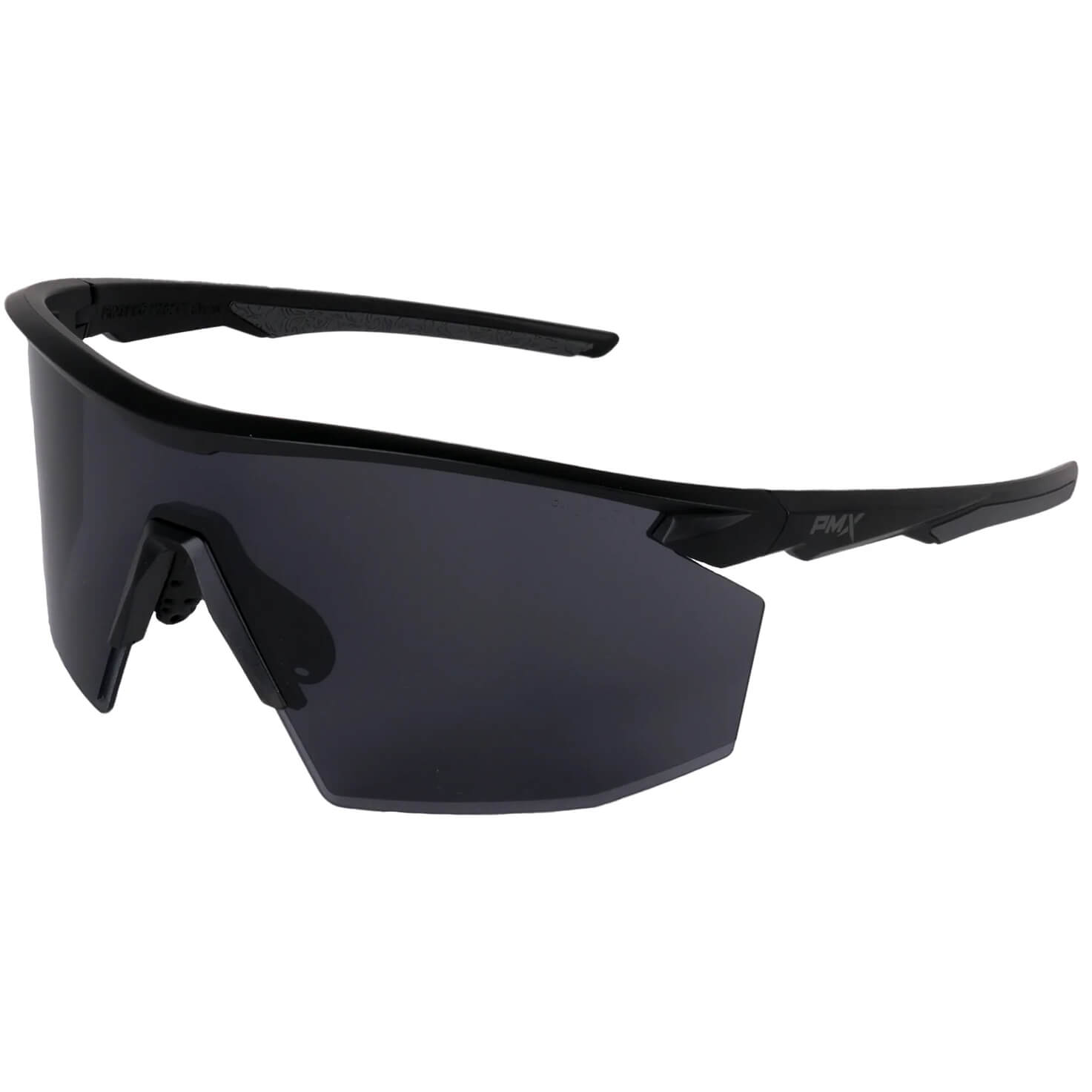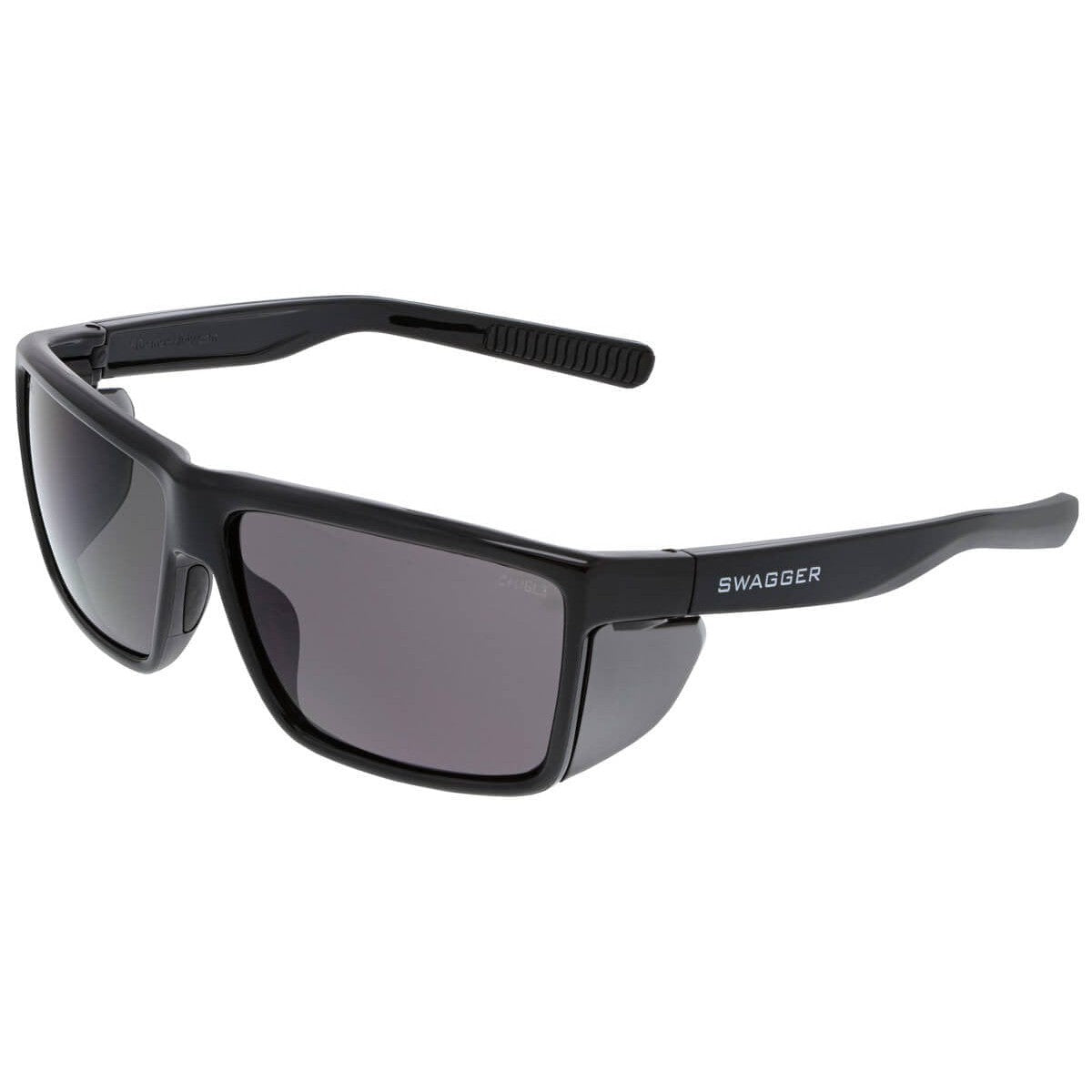Do you suffer from dry eyes?
Do your eyes often burn for no apparent reason? Is your vision sometimes foggy with no obvious cause? Do your eyes itch even though you don’t have allergies? All of these symptoms indicate a potential dry eye problem. Other symptoms include feeling like something is in your eye, excessive watering, and blurred vision.
Dry eye is caused by insufficient tear production or the poor quality of tears, resulting in inadequate moisture to lubricate and nourish eyes. If excessive watering is an issue, consider asking, “Why do my eyes water so much?“ to help evaluate the situation since it may also indicate dry eyes.
What causes dry eyes?
There are a variety of causes of dry eye. For starters, dry eye can naturally come with age. Also, more women than men suffer from dry eyes due to changing hormones. Some medications, as well as many medical conditions, can also cause dry eyes.
Long-term contact wearers and those who have had LASIK surgery also tend to have more problems with dry eyes. Also, certain diseases such as Sjogren’s Syndrome and rheumatoid arthritis can affect one’s ability to make tears, thus contributing to dry eyes. Finally, a person’s environment could also be the source of dry eye problems.
What can be done about dry eyes?
Fortunately, there are many solutions available for dry eye sufferers. The following are the simplest and commonly the most helpful.
1. Eye drops add artificial tears to lubricate eyes. Eye drops are available over the counter and provide an easy solution for mild cases of dry eyes. A doctor also makes prescription drops available when OTC versions fail to work.
2. Supplements such as omega-3 fatty acids have been shown to relieve dry eyes. Because other nutritional deficiencies can also contribute to dry eye, evaluating diet and nutrition may be helpful for a more preventative approach.
3. Safety Glasses can help when a person’s environment is the culprit. Dry, dusty, and smoky environments like mines, machine shops, and construction sites often cause dry eyes. Safety glasses can help protect the eyes in these situations.
4. Sunglasses help reduce dry eye problems caused by squinting in the sunlight, the wind, and other outdoor elements. Wrap-around styles especially help combat these environmental causes of dry eye.
5. Hydration benefits the body as a whole and helps reduce dry eye by giving the body adequate supplies for tear production. Stay hydrated by drinking plenty of water, which experts say means 8-10 glasses daily.
6. A humid environment aids in keeping eyes moisturized. Even a tiny, inexpensive humidifier makes home and work environments more eye-friendly.
7. Blinking gives eyes a break from staring at a computer screen or other object for extended periods and promotes tear production. Many optometrists recommend applying the 20-20-20 rule to help reduce dry eye symptoms and visual focusing problems that often result from tired eyes.
8. Ergonomics impacts an individual’s musculoskeletal health and can contribute to dry eyes. A 2005 New York Times article reported that when people squint to reduce glare or bring the text into focus, they blink less and reduce tear production, which leads to dry eye problems. An ergonomic workstation can prevent squinting and, as a result, prevent dry eyes.
9. Adequate ventilation provides yet another way to combat dry eyes. Ventilation is especially applicable in a setting with dry air or with dust particles in the air that can make tears unable to coat eyes adequately. Adjusting ventilation and installing a simple air filter to service the room you work in can help reduce these types of problems.
10. Treat inflammation around the surface of the eyes. Prescription eye drops, ointments, warm compresses, lid massages, and eyelid cleaners can reduce inflammation contributing to dry eye problems.
Note that sometimes the best solution is a combination of the above suggestions. However, if the above tips fail to provide adequate relief, additional and more invasive solutions such as surgery and plugging eye ducts are other options.
What’s the first step?
First and foremost, anyone suffering from chronic dry eye should see an optometrist for a thorough evaluation. An eye doctor can determine if a serious health problem is a cause and provide experienced advice in helping find the best solution. Seeing a family physician for any related health problems and possibly medication adjustments is also recommended for combating dry eyes.

